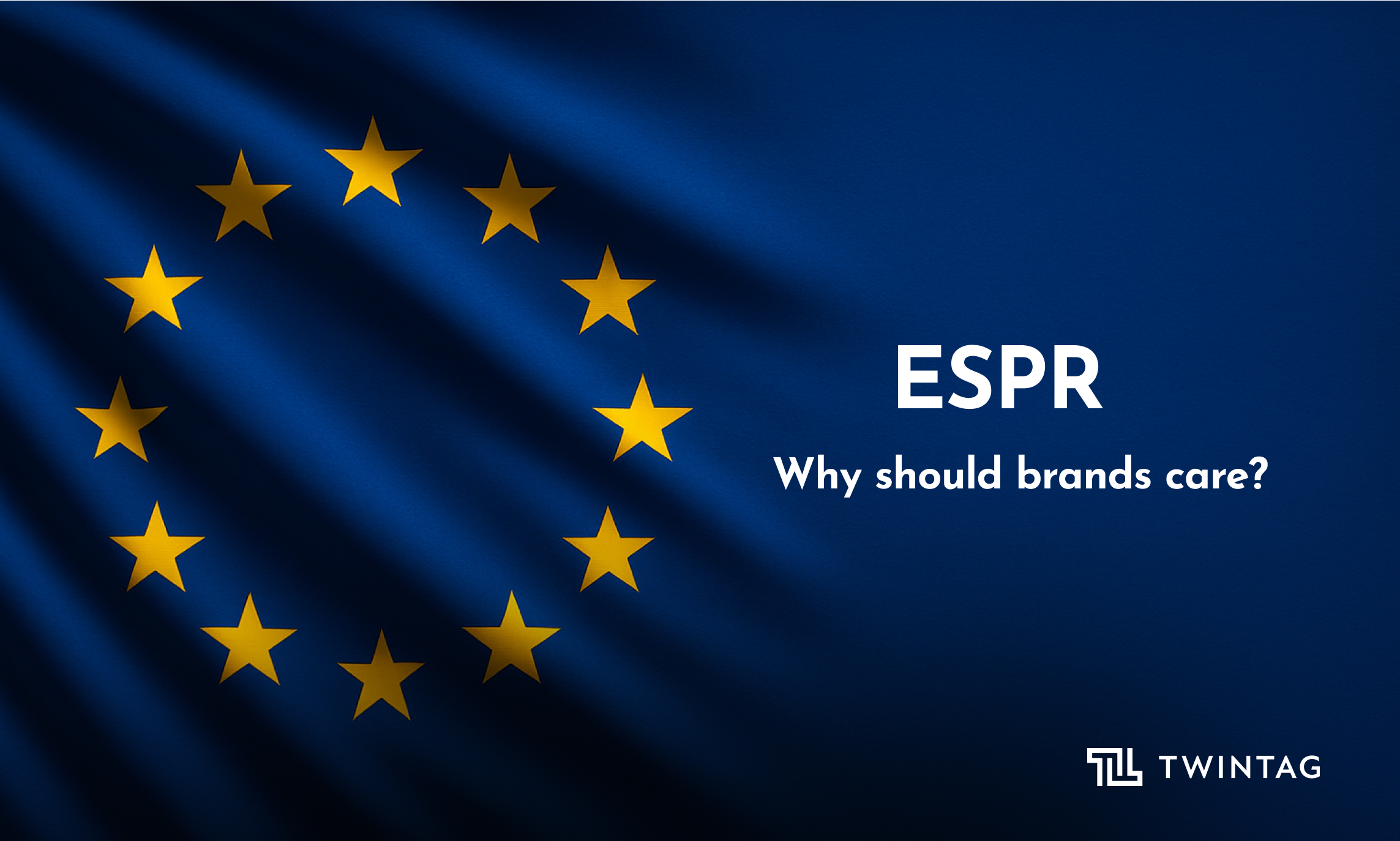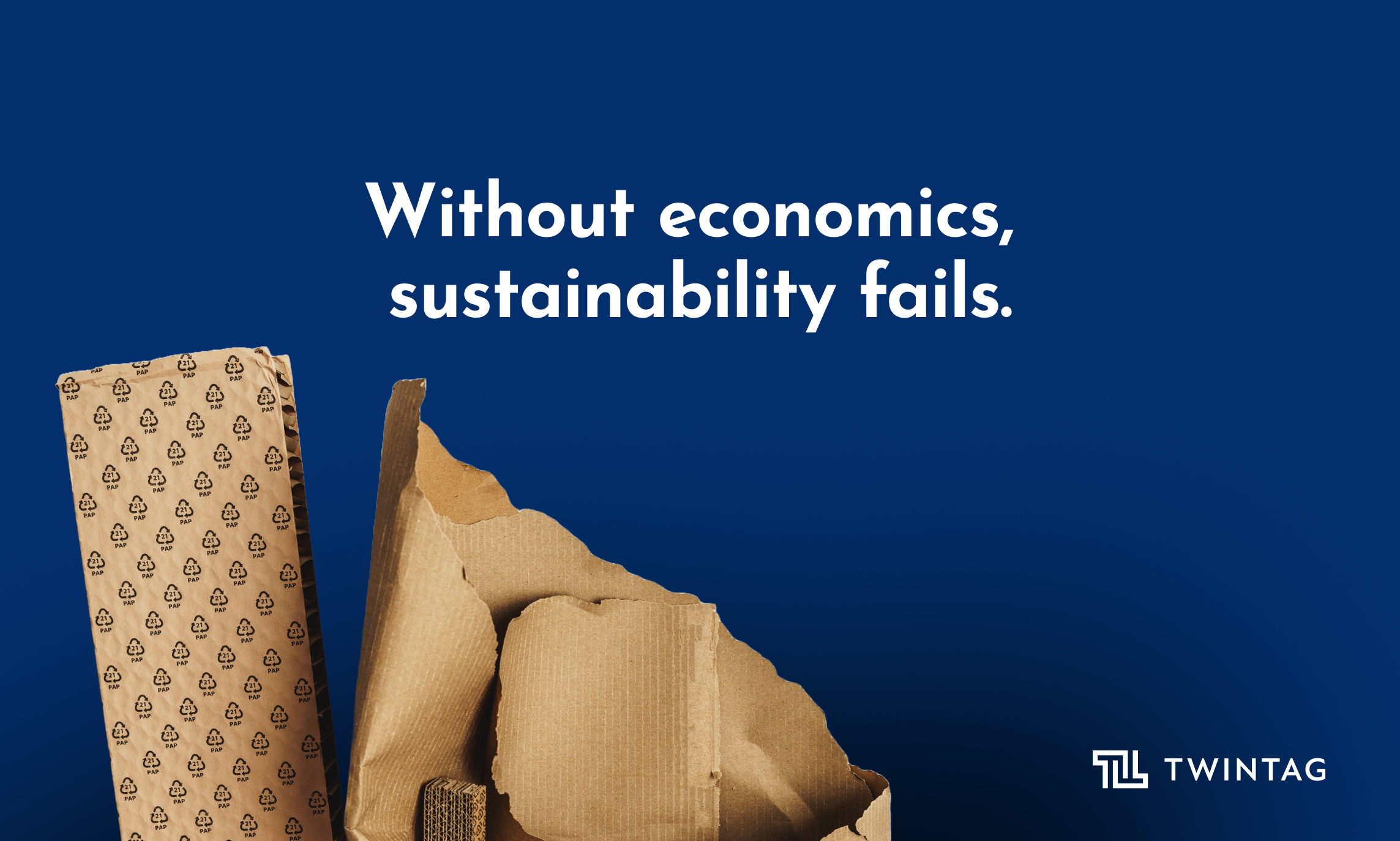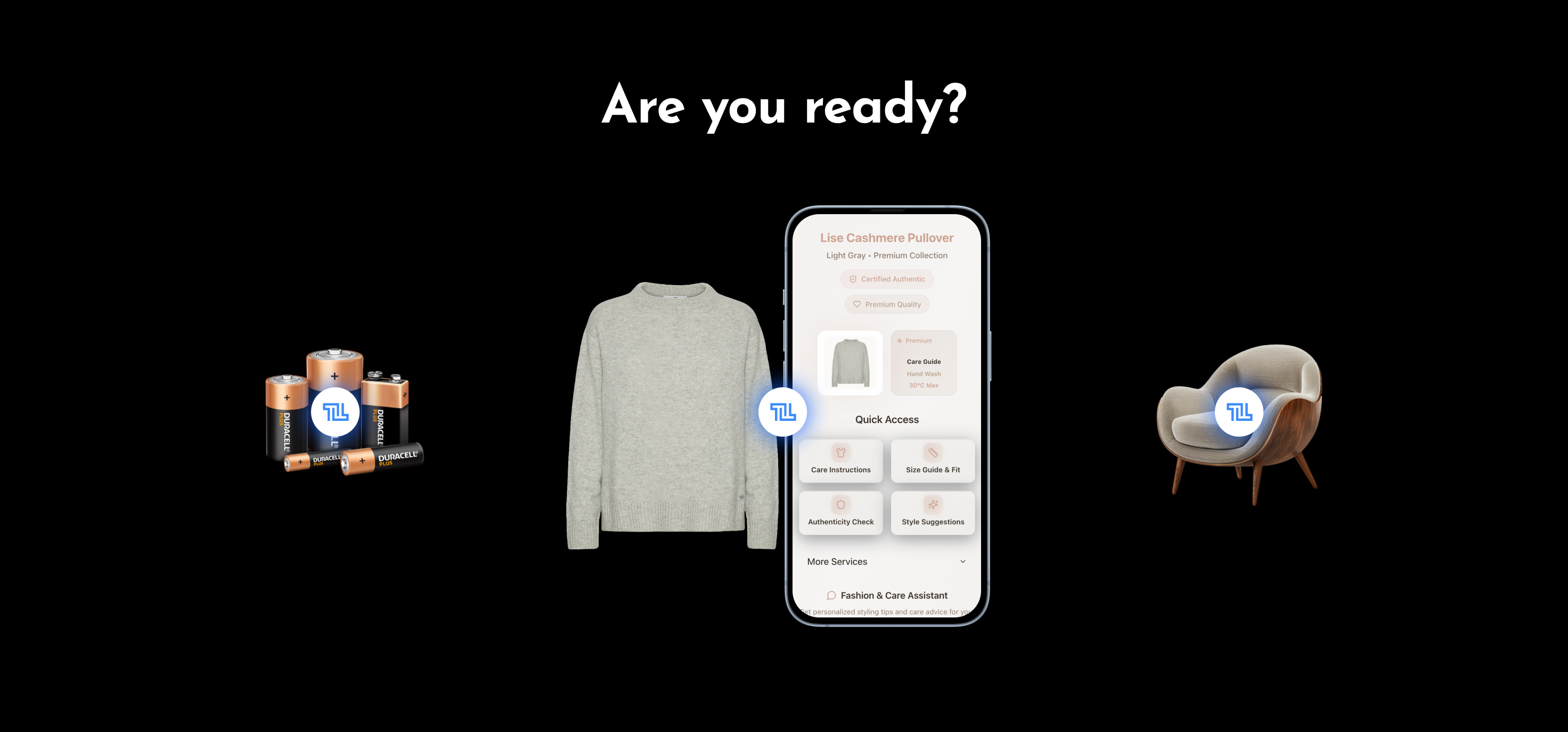The Power of Unique Identifiers
During the evolution of our species, sophisticated communication capabilities were a cornerstone of its success.
.png)
The Power of Unique Identifiers
During the evolution of our species, sophisticated communication capabilities were a cornerstone of its success. The designation of things and beings by naming was a cognitive milestone: it enabled humans for the first time to identify and discuss objects and individuals in their absence.
Today, efficient bureaucratic processes need identifiers to be unambiguous: social security numbers, license plates, cell phone numbers, etc. Within their context, these designations are unique.
But how about a universally unique identifier (UUID) for any object, in any context? A 128 bit number offers 10exp38 possibilities (a 10 with 38 zeros), yet is conveniently represented as something like 63201293fe2f64caa7c0fcd60de2febf.
To connect this unique “name” to our object, physical-to-digital encodings such as QR codes come in handy, as they can be scanned by any smartphone.
A single scan of a label now brings access to a unique “digital twin” in the cloud that contains attributes, documents, multimedia files and user experience behaviours. It will also link to back-end information systems like ERP or CRM and establish two-way communication channels. All this information is dynamic: the “digital soul” of your product will receive “over-the-air updates”, just like a Tesla EV.
UUIDs in action
Now a quick glance at the future. A robot recycling a car 25 years from now may read the UUID of a bumper from a built-in RFID chip to retrieve its attributes: one of those will be the UUID of the actual bag of polypropylene granulate that was its raw material. The updated best practices for disposal of the bumper will be available inside the dynamic information associated with the granulate, and applied to the process.
So instead of just static information, the bumper will retain a living, dynamic, digital soul in the cloud that will be updated over time and may reference other UUIDs to become a multi-level information structure e.g., to drive circularity.
Unique identifiers are indeed essential to connect digital information to a physical product. But why not make the digital dimension an integral part of a hybrid physical-digital product? Whether it’s a chainsaw or a bag of coffee beans, there always is significant digital value to round out the product offering.
The digital dimension may even become the actual product offering. “Safety QR codes” on corridor walls may guide campus visitors at times of fire alarm or distress. A simple scan turns their smartphone into a safety terminal, offering explanations on the nature of the alarm, suggesting safety procedures and helping to identify the scanning individual for rescue and counting purposes later on, while opening up two-way video communication.
So when you see a future unfold in front of your eyes where a tap or scan of your phone unlocks the digital soul of nearly any product, just reflect for a moment on the power of unique identifiers that is making all of this possible.
Wondering what Twintag can do for your business with the help of Unique Identifiers? Request your free demo now.
If you are interested in learning more about the topic, read our recent whitepaper: download


-min.png)



